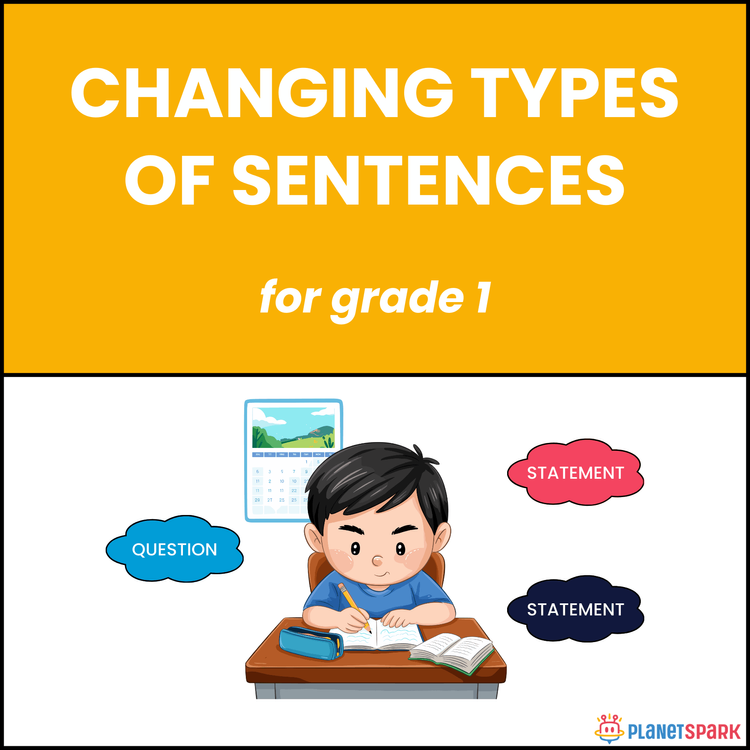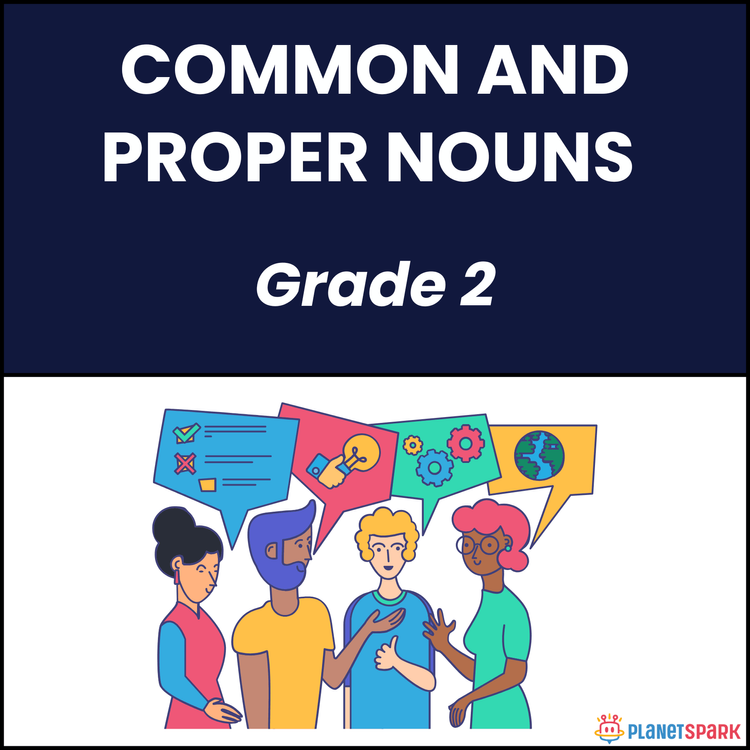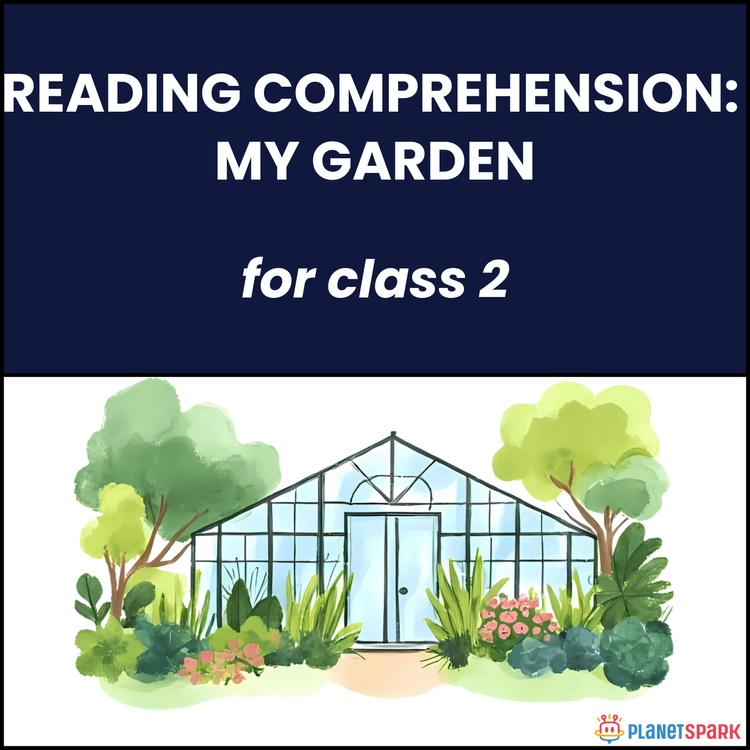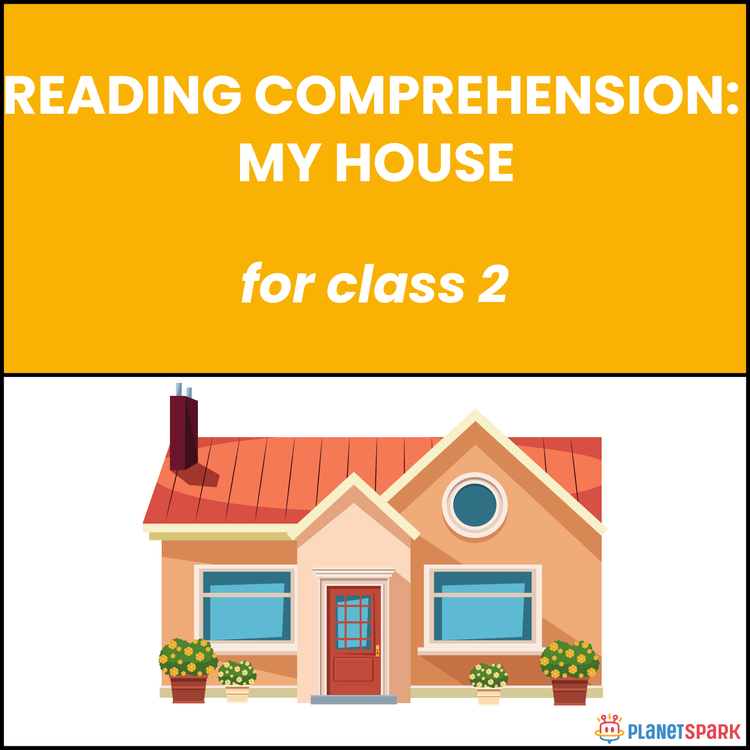Class 1 Understanding Poems: Ten Little Fingers


Class 1 Understanding Poems: Ten Little Fingers
Ten Little Fingers: Understanding Poems for Class 1
This Grade 1 poem comprehension worksheet introduces children to the fun rhyme “Ten Little Fingers,” which helps them count, recognize body parts, and build self-awareness while enjoying rhythm and rhyme.
Why Understanding Poems Matters in Grammar?
Understanding poems strengthens vocabulary and number awareness. For Grade 1 learners, this worksheet helps:
1. Improve counting and sentence structure.
2. Recognize body parts and their actions.
3. Encourage rhythmic learning through sound and movement.
4. Strengthen reading fluency through repetition.
What’s Inside This Worksheet?
Exercise 1 – Multiple Choice Questions
Students answer fun questions about fingers, toes, eyes, and what the child does.
Exercise 2 – Comprehension Questions
Students describe what their own body parts can do, connecting learning to real life.
Answer Key (For Parents & Educators)
Exercise 1 – Multiple Choice Questions
1. b) Ten
2. d) Ten
3. a) Smells
4. c) Wiggle
5. b) See
6. a) Count again
Exercise 2 – Comprehension Questions
7. Ten.
8. Clap and count.
9. Smell.
10. Yes, I can.
This worksheet helps children connect physical awareness and language learning through an easy, playful poem.
Encourage your child to sing, count, and learn with this joyful Ten Little Fingers activity!
Frequently Asked Questions
They combine language with counting and rhythm.
Repetition supports memory and fluency.
Sequencing and number sense through words.







